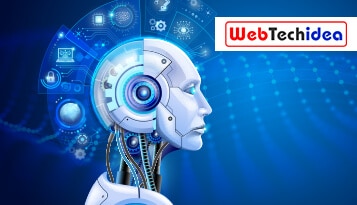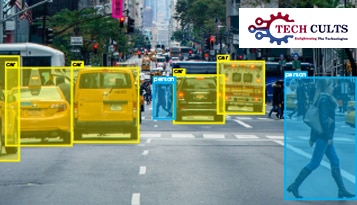Generative AI is a powerful technology that has the capability to create new content by learning from existing data, thus reshaping the boundaries of creativity and technology. Its applications are as diverse as they are transformative, spanning across various industries and domains:
- Text Generation: AI systems like OpenAI’s GPT-4 produce human-like text and assist in tasks ranging from content creation to language translation.
- Sentiment Analysis: Generative AI models can analyze large amounts of text data, generate insights, and even create new data points for improved sentiment analysis.
- Image Generation and Enhancement: The technology can create new pieces of art, enhance low-resolution images, and generate realistic virtual environments.
- Code Generation: Generative AI can produce code snippets based on natural language descriptions and help in bug fixing.
- Audio Generation: AI systems like OpenAI’s MuseNet can create new music, sound effects, or synthetic voices.
- Synthetic Data Generation: AI can generate synthetic datasets in areas where data collection is challenging, thus preserving the statistical properties of the original data without compromising privacy.
Generative AI presents a future filled with innovative and intriguing possibilities. As we embrace and refine this technology, it’s crucial to consider the potential ethical implications of leveraging its capabilities responsibly and effectively.
Read the full article here:
https://www.webtechidea.com/understanding-generative-ai-definition-examples-and-use-cases/



